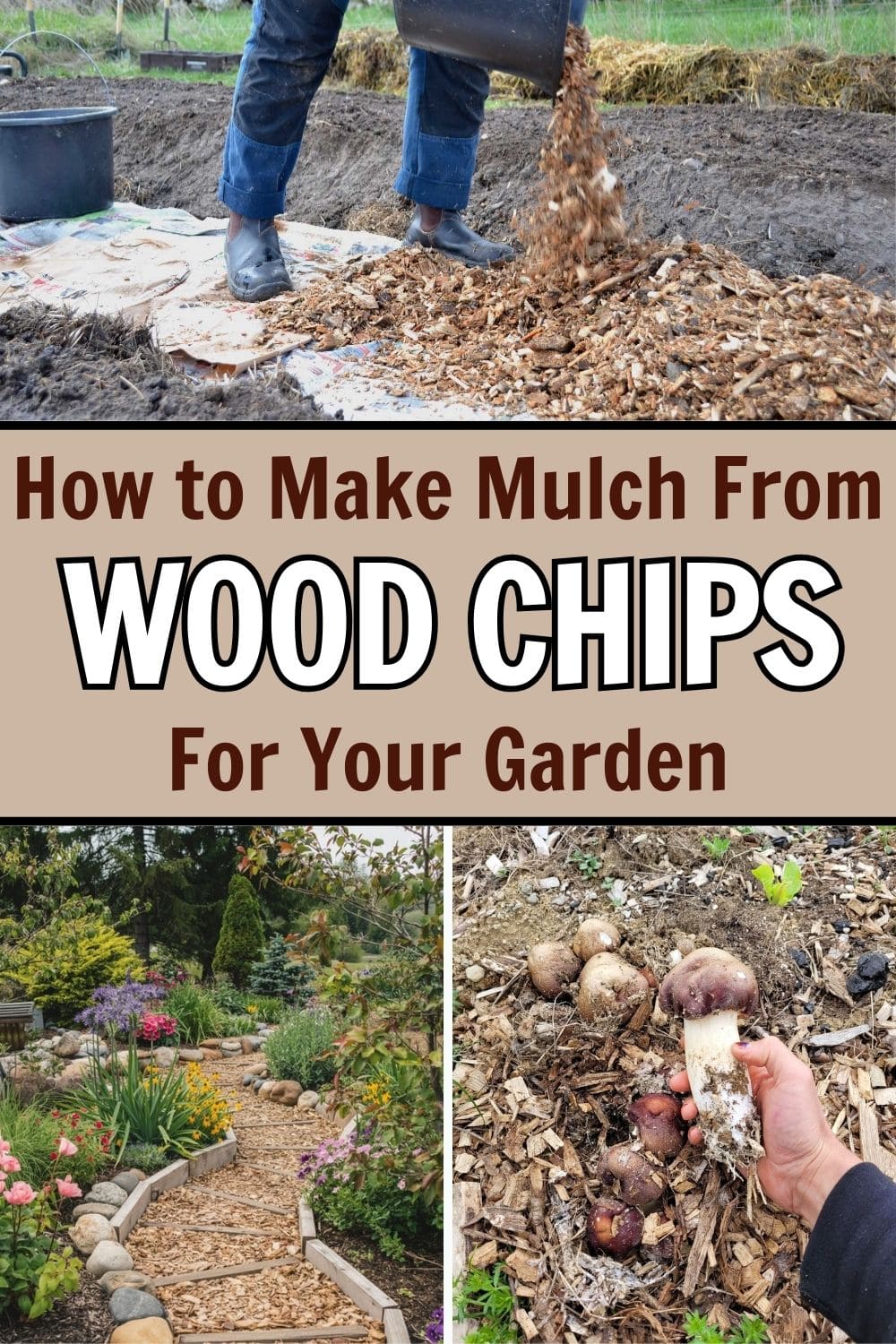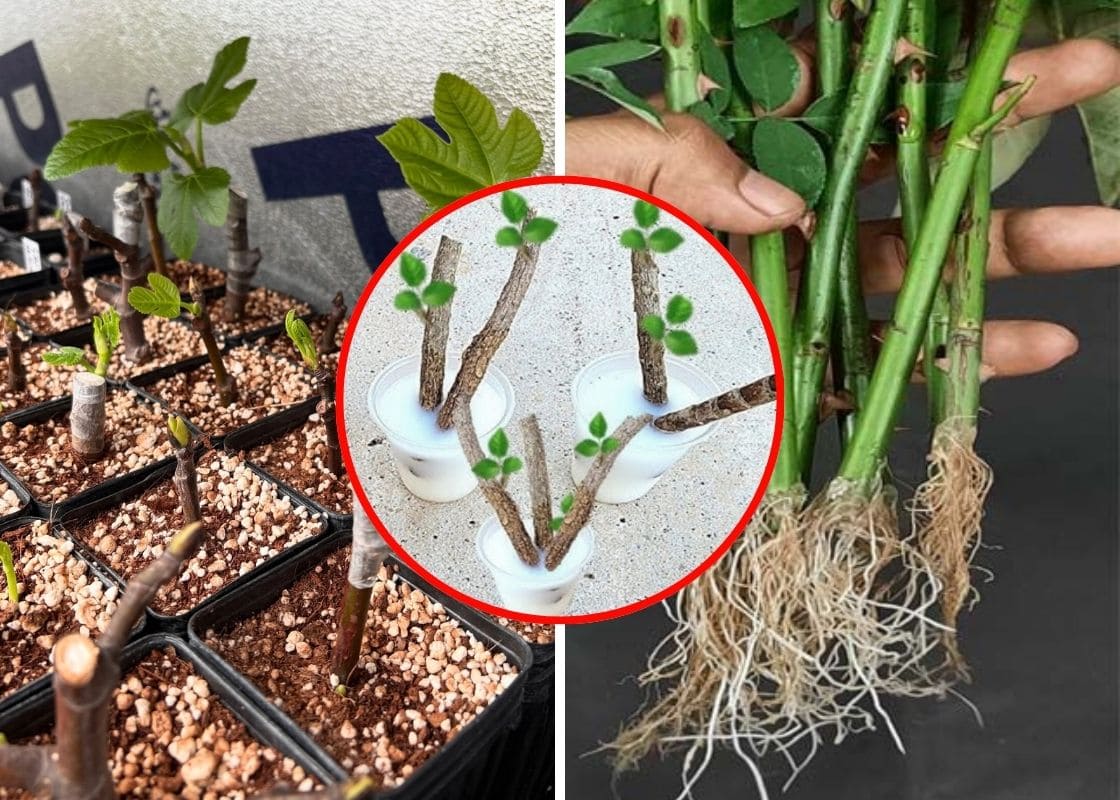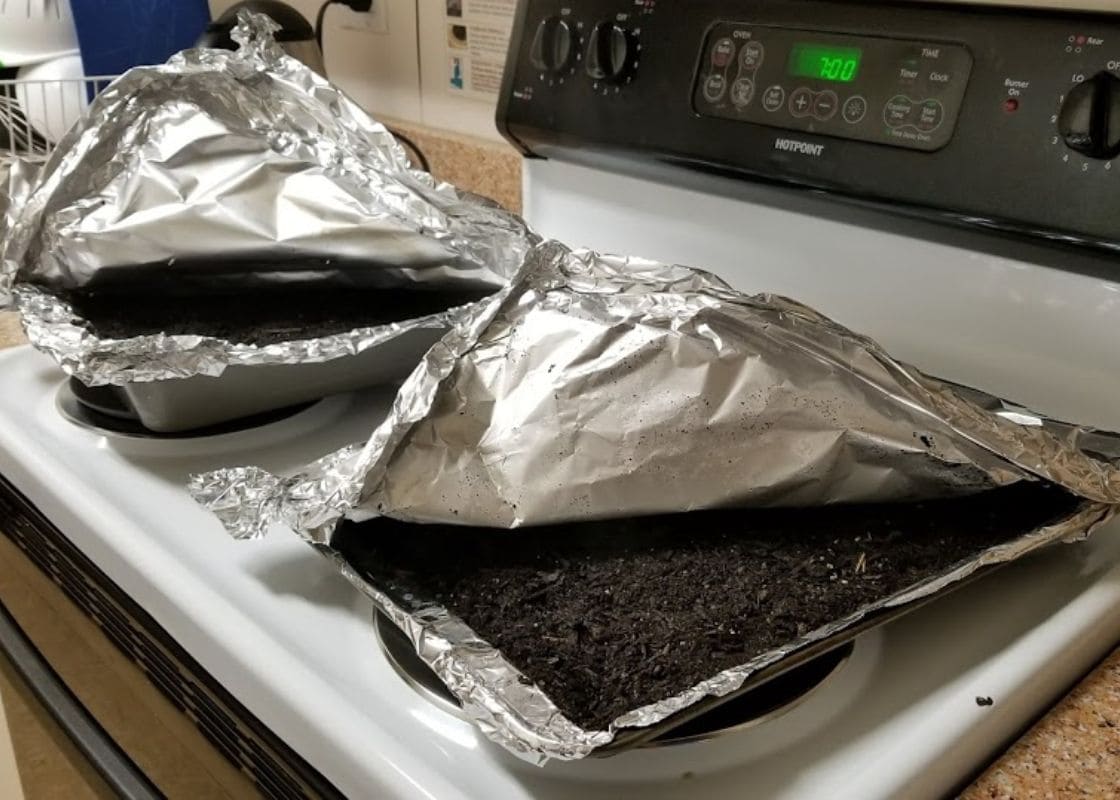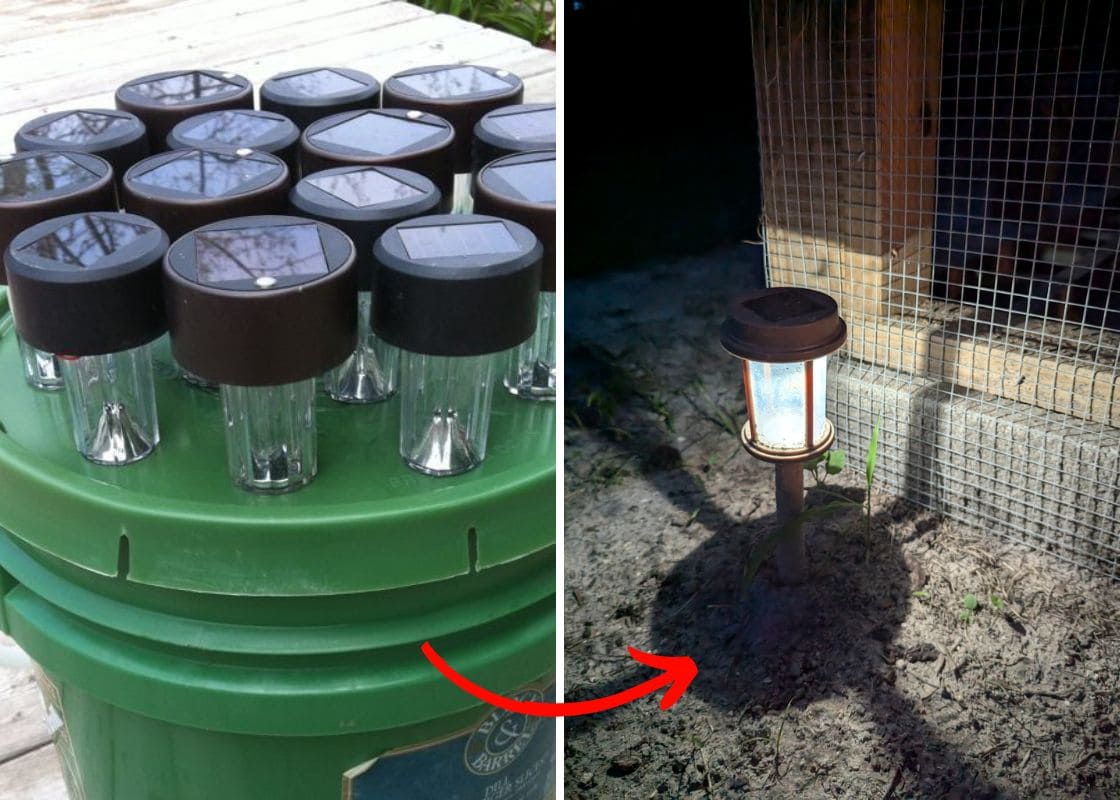Wood chip mulch is one of the most efficient and eco-friendly ways to improve your garden’s health.
This organic material offers a range of benefits, including weed suppression, moisture retention, and improved soil health.
If you’ve been looking for an easy, sustainable method to enhance your garden’s productivity, making mulch from wood chips could be the perfect solution.
Benefits of Using Wood Chip Mulch in the Garden
Weed Suppression
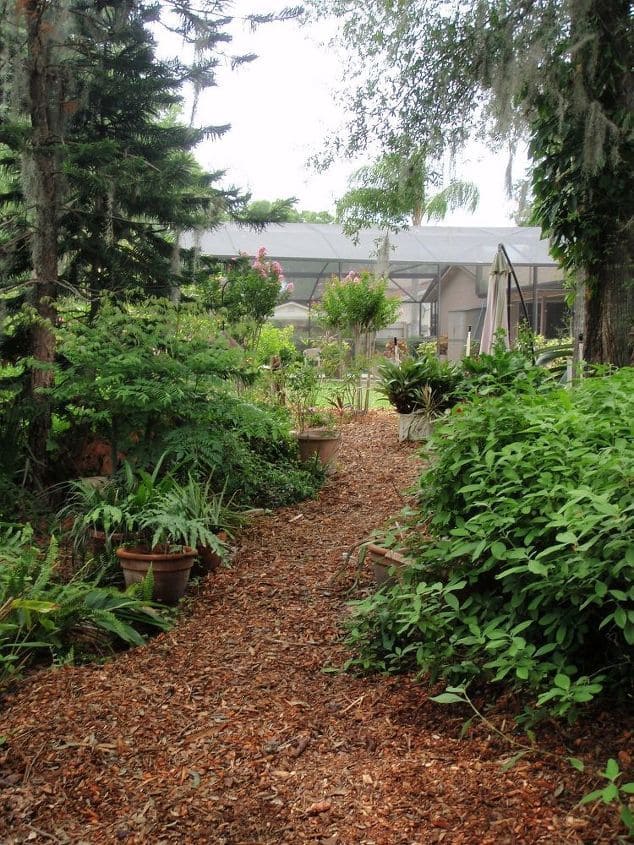
One of the biggest struggles for any gardener is keeping weeds under control. Wood chips create a thick layer that blocks sunlight, which prevents weed seeds from germinating.
By simply laying down wood chips, you can keep your garden beds looking tidy and free of weeds with minimal effort.
Moisture Retention
Wood chips are fantastic at retaining moisture. They absorb water like a sponge and slowly release it into the soil, which helps prevent it from evaporating too quickly.
This is especially beneficial during hot, dry spells. With wood chip mulch, you’ll find yourself needing to water your plants less frequently.
Soil Improvement
As wood chips break down, they add valuable organic matter to your soil. This improves soil structure by increasing its ability to retain nutrients and water.
Over time, this promotes healthy root growth and supports a vibrant ecosystem of beneficial microbes and earthworms, all of which work together to nourish your plants.
Temperature Regulation
Wood chip mulch acts like a natural insulator. In the summer, it keeps the soil cooler, protecting your plants’ roots from heat stress.
In winter, it helps maintain warmth in the soil, keeping the roots cozy and protected from freezing temperatures. This means your plants have a better chance of surviving extreme weather conditions.
Erosion Control
If you have a garden on a slope or one that’s prone to erosion, wood chips can be a lifesaver.
When laid down properly, they reduce the impact of heavy rainfall by absorbing water and slowing it down.
Sustainability Factor
Instead of sending wood waste to the landfill, you’re reusing it to benefit your garden.
By using wood chips as mulch, you’re not only improving your garden’s health but also helping the environment. It’s a simple yet effective way to embrace sustainability in your gardening practices.
Choosing the Right Wood Chips for Mulching
Types of Wood Chips
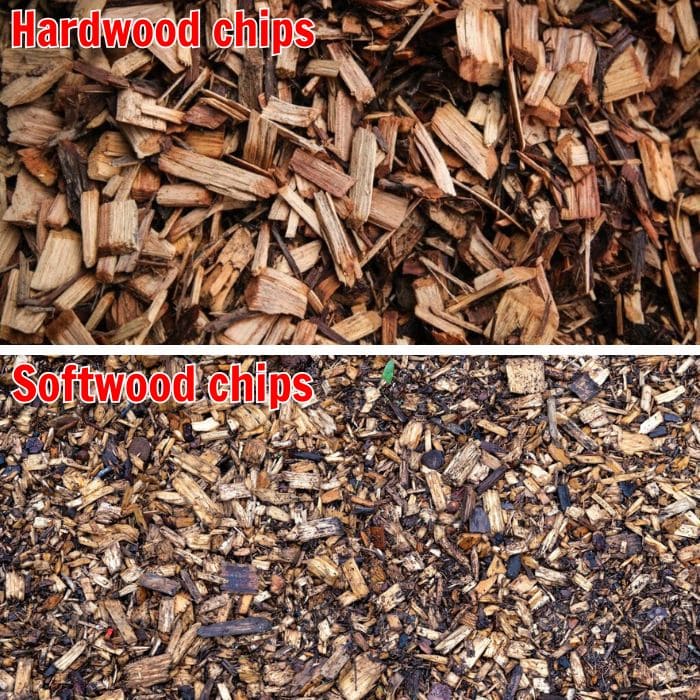
When choosing wood chips for mulching, the type of wood matters.
Hardwood chips, such as those from oak, maple, or birch, break down slowly, which means they last longer and provide long-term benefits to your soil.
On the other hand, softwood chips from trees like pine or fir decompose more quickly but can slightly acidify the soil.
If you’re looking for a mulch that lasts, hardwood chips are the way to go.
Avoid Treated Wood
Chemically treated wood, like painted or pressure-treated lumber, can leach harmful chemicals into the soil, which could damage your plants and soil health.
Always ensure the wood chips you’re using are natural and free from chemical treatments.
Tree Species to Avoid
Certain trees, like walnut and eucalyptus, release natural toxins that can harm other plants.
These chemicals, known as allelopathic compounds, prevent other plants from growing by inhibiting their seed germination and root development.
Be mindful of the type of wood chips you’re using and avoid any that come from potentially toxic tree species.
Size Matters
The size of the wood chips you use also matters. Smaller chips break down faster, which makes them ideal for garden beds where you want quicker soil enrichment.
Larger chips, however, are better for paths and walkways, where they can last longer without decomposing too quickly.
How to Make Mulch from Wood Chips
Step 1: Preparing Your Garden Area
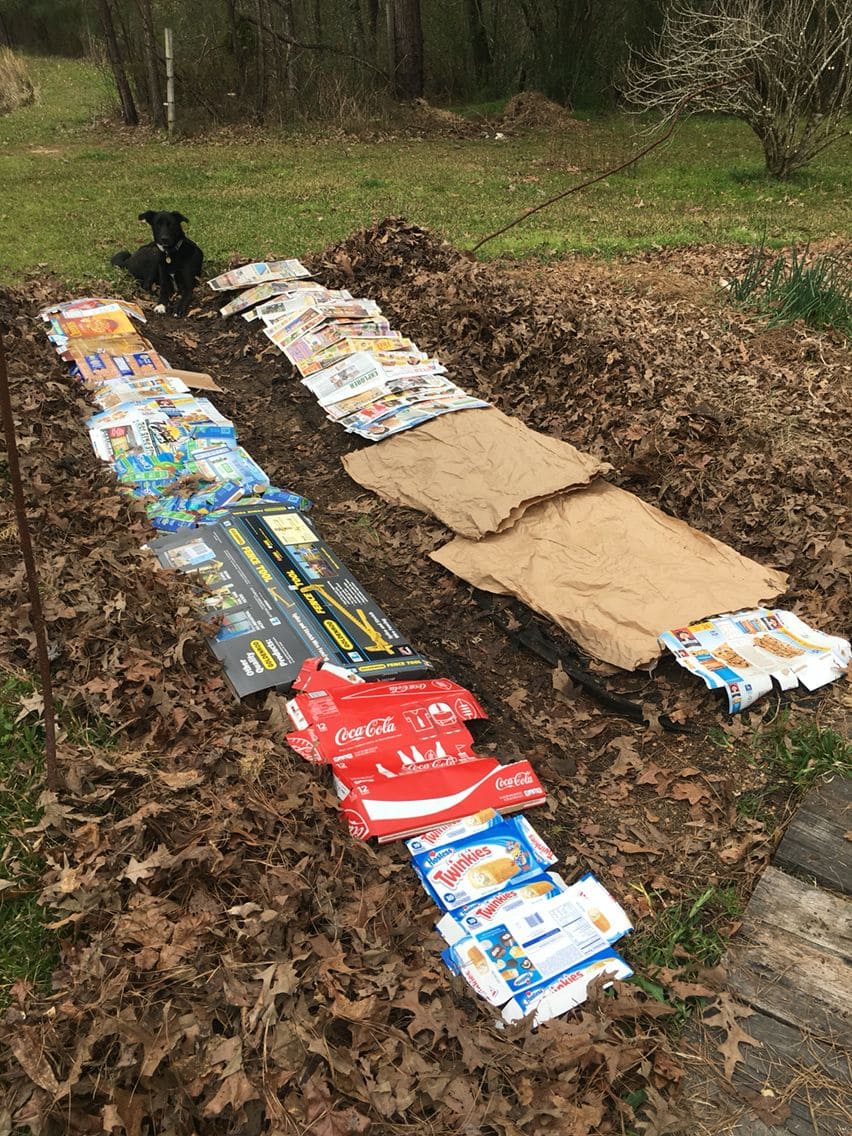
Before you apply wood chips, it’s important to prepare the area properly.
Start by clearing out any existing weeds or unwanted plants. This will prevent them from pushing through the mulch and taking over.
If you’re using mulch around new plants or trees, consider laying down a layer of cardboard or newspaper first.
This helps create a barrier that prevents weeds from growing while still allowing water to pass through.
Step 2: Laying the Mulch

Once your garden area is clear, it’s time to spread the wood chips. Aim for a 4-6” thick layer of mulch for effective weed suppression and moisture retention.
Spread the mulch evenly across the area, making sure to leave some space around plant stems and tree trunks.
Step 3: Maintaining the Mulch
As time passes, wood chips will decompose and break down into the soil. To keep your garden healthy, it’s important to replenish the mulch layer every few months.
When the mulch begins to thin out or decompose, add another layer to maintain its effectiveness.
Turning the mulch occasionally can help speed up the decomposition process and prevent it from becoming too compacted.
Wood Chip Mulch for Specific Garden Areas
For Garden Paths and Walkways
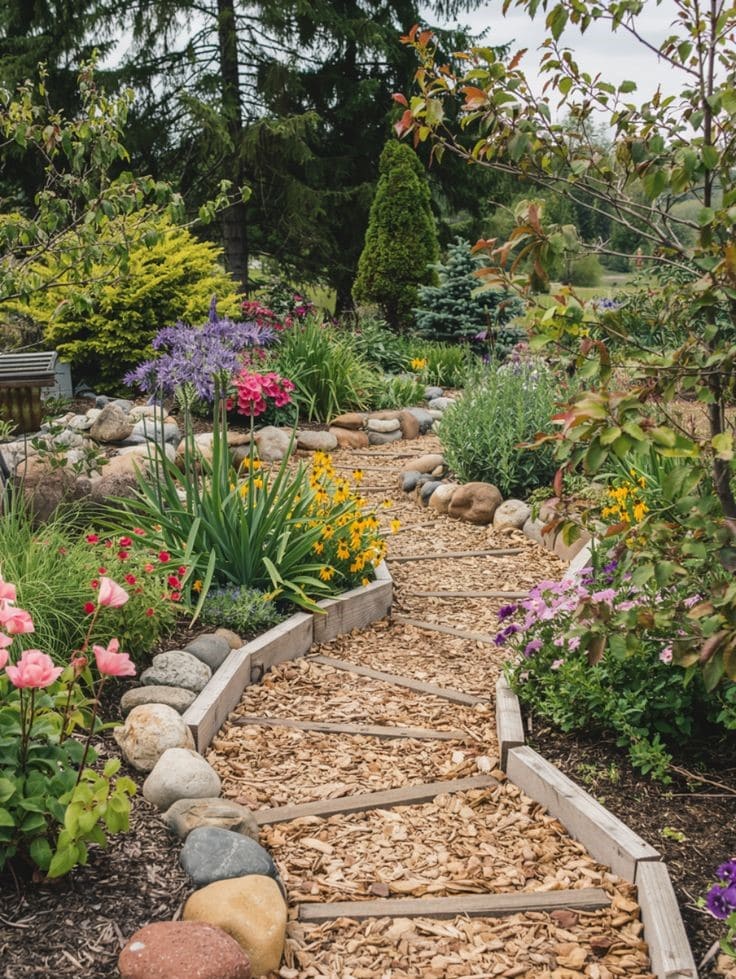
Wood chips are perfect for creating natural, low-maintenance garden paths. They’re easy to walk on, visually appealing, and functional.
They also help to absorb water, so you don’t have to worry about muddy paths during rainy days.
A layer of wood chips along a garden path creates a rustic and inviting atmosphere while reducing weed growth along the way.
For Trees and Shrubs
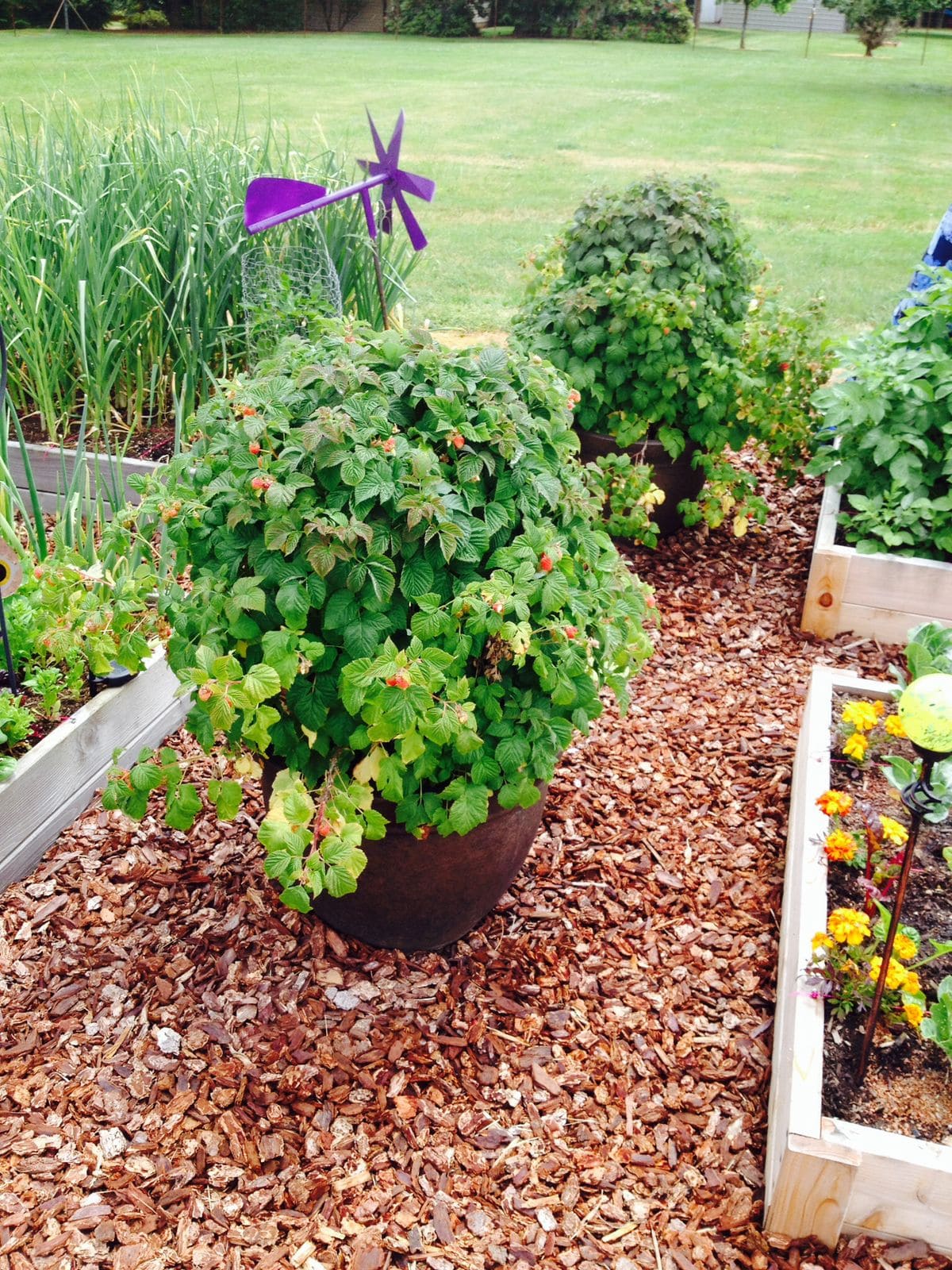
By spreading wood chips in a circle around the base of the plant, you’re helping to conserve moisture and regulate soil temperature.
This is especially beneficial for young trees and newly planted shrubs, which can struggle to maintain moisture in the soil. Just be sure to leave a gap around the tree trunk to prevent rot.
In Raised Garden Beds
While wood chips can be used in raised garden beds, it’s best to use them as part of a layered system.
Start with a layer of wood chips at the bottom of the bed, followed by compost or manure, and then top it off with a layer of topsoil.
This ensures that your plants have the best possible growing environment, with good drainage, moisture retention, and nutrient availability.
Common Challenges and How to Address Them
Nitrogen Tie-Up
When fresh wood chips break down, they can temporarily tie up nitrogen in the soil, which is essential for plant growth.
To prevent this, you can add nitrogen-rich materials like compost, manure, or blood meal to help balance out the nitrogen levels and keep your plants healthy.
Pest and Rodent Attraction
Wood chips can attract pests, especially rodents, who see the mulch as a cozy home.
To deter these critters, keep the mulch away from plant stems and use natural repellents such as peppermint oil or garlic.
If rodents are a big problem, consider using a finer mulch or mixing wood chips with other organic materials.
Decomposition Takes Time
Wood chips decompose slowly, which means they’ll break down over time and enrich the soil. However, this can take months or even years, so be prepared for slow but steady soil improvement.
Patience is key, and in the meantime, you can add fresh mulch as needed to maintain its effectiveness.
Creative Ways to Use Wood Chips Beyond Mulching
Composting
Wood chips are an excellent addition to your compost pile. They provide the necessary carbon to balance out nitrogen-rich materials like grass clippings and kitchen scraps.
Just remember to turn the compost regularly to ensure the chips break down efficiently.
Mushroom Cultivation
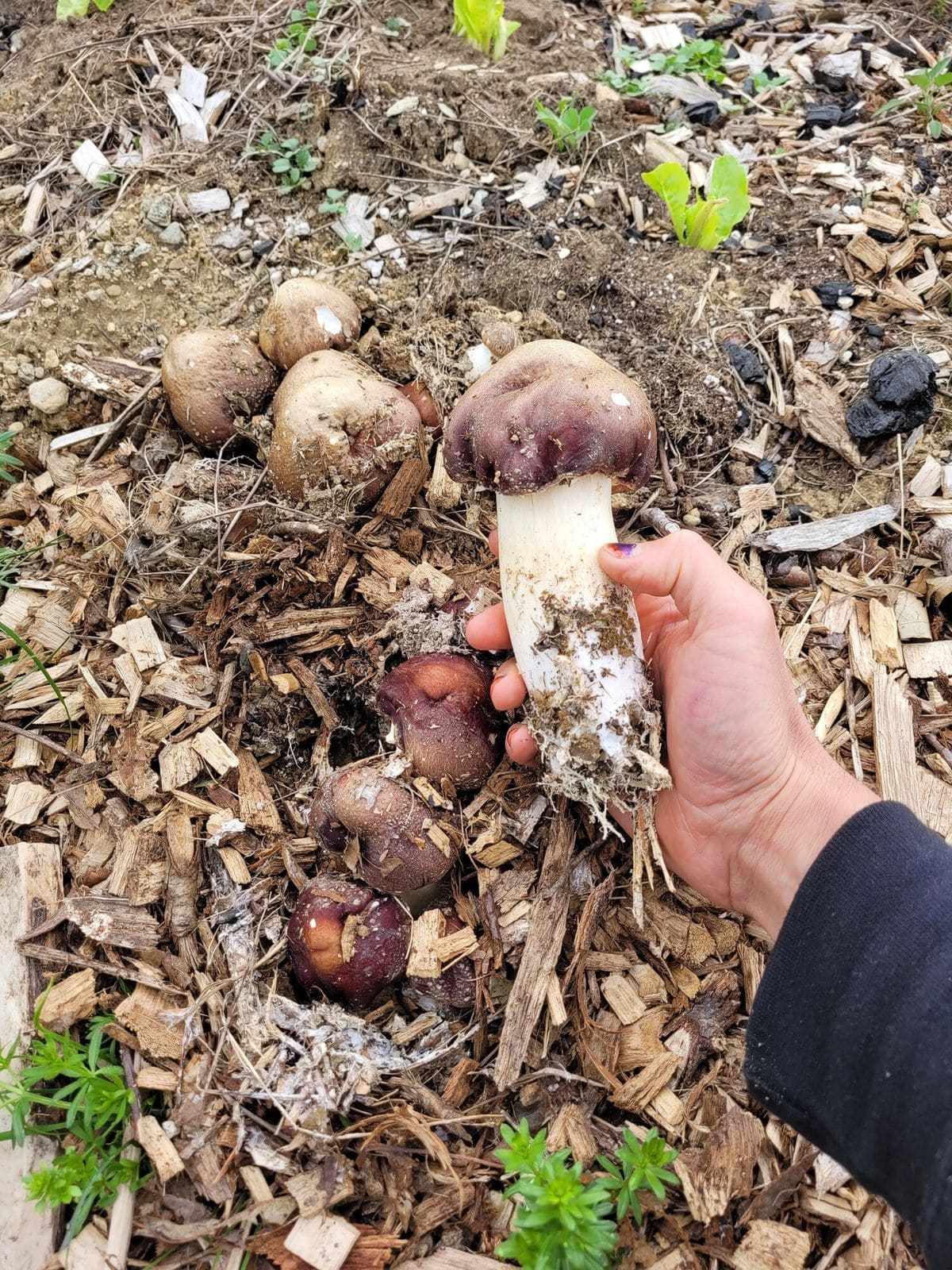
If you’re feeling adventurous, wood chips can be used to grow mushrooms. You can inoculate wood chips with mushroom spores to create a small, productive mushroom patch in your garden.
Wine cap mushrooms are especially well-suited for wood chip mulch and add an edible bonus to your gardening efforts.
Homemade Potting Soil Mix
Decomposed wood chips make a fantastic ingredient in homemade potting soil.
Mixing them with compost and other organic materials creates a lightweight, well-draining potting mix that’s perfect for indoor plants and container gardening.
